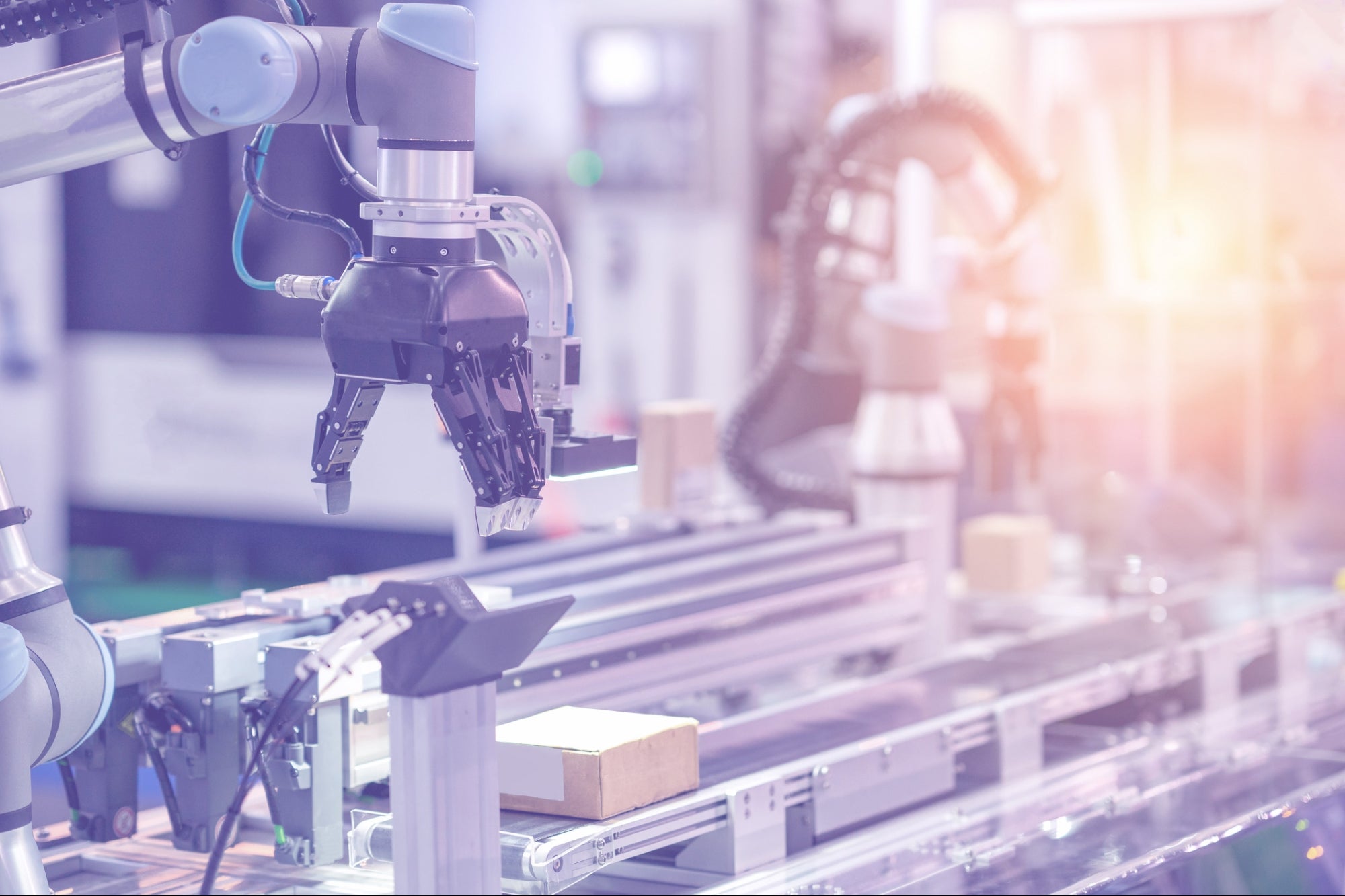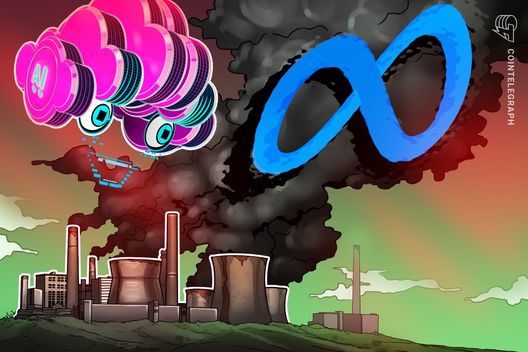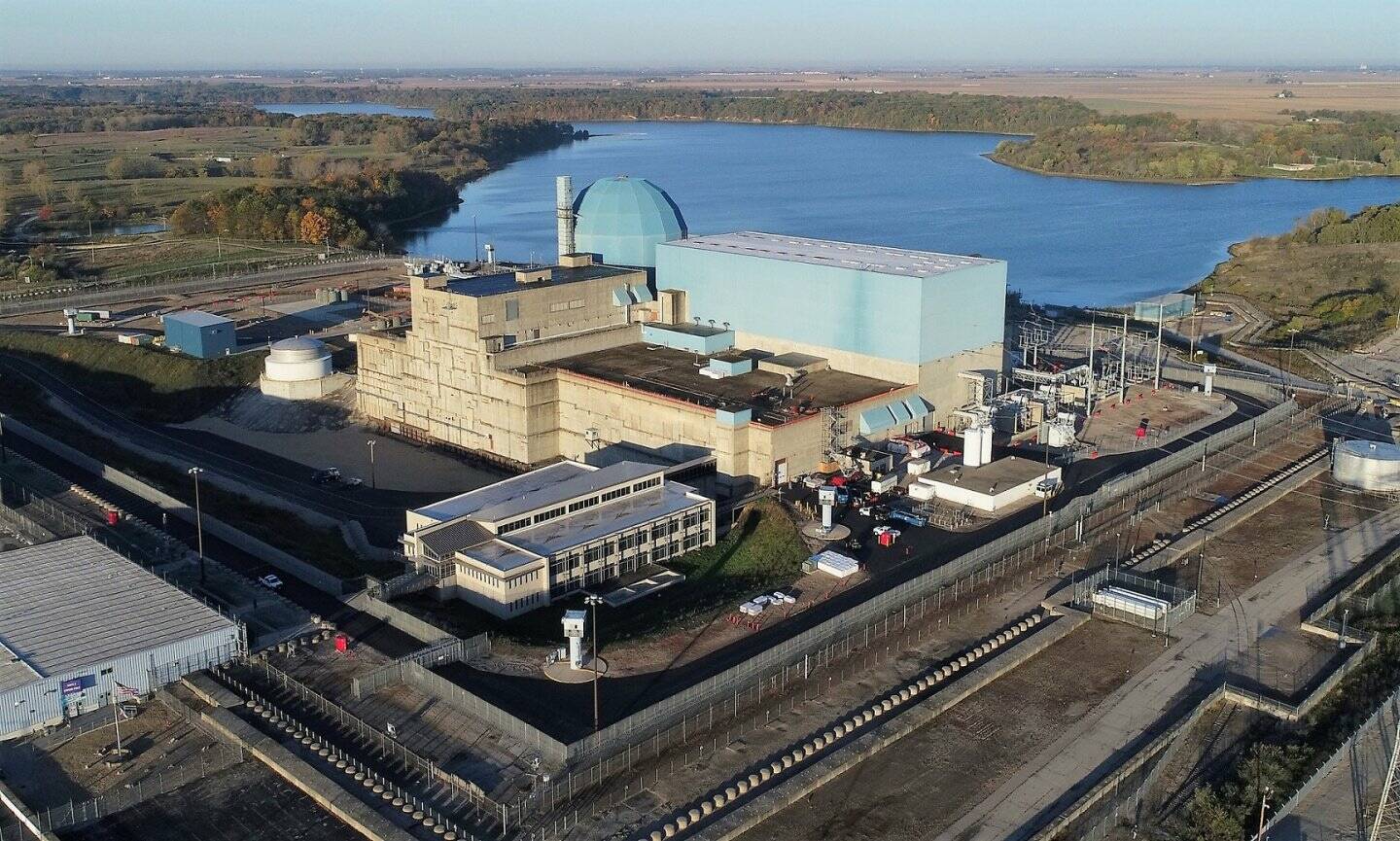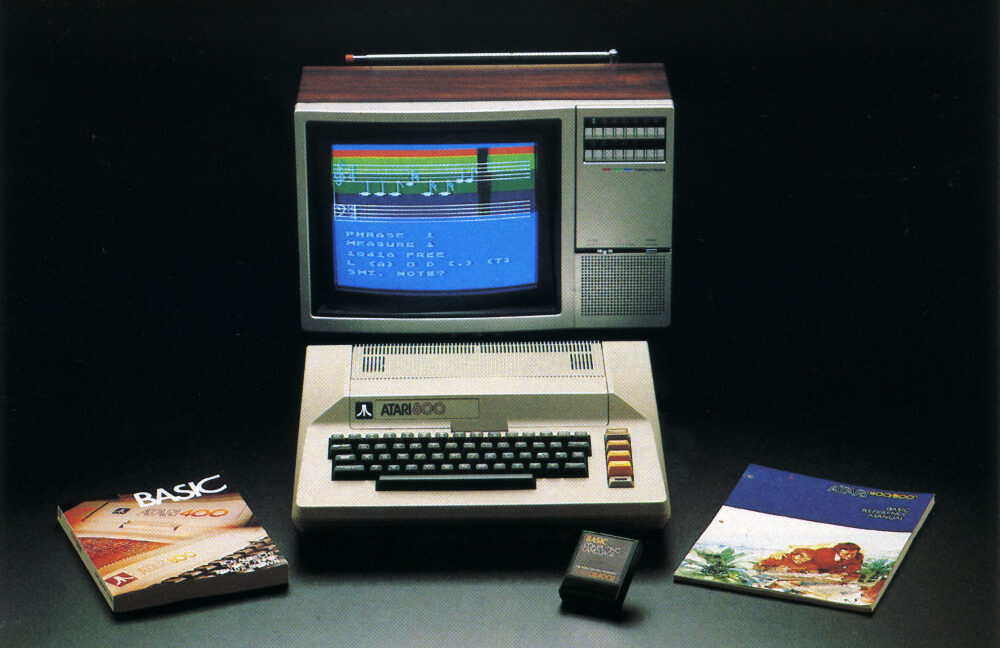DNA storage could solve AI's single biggest systemic problem
The energy crisis in computing presents a daunting challenge, but it also creates a pivotal opportunity for transformative innovation.
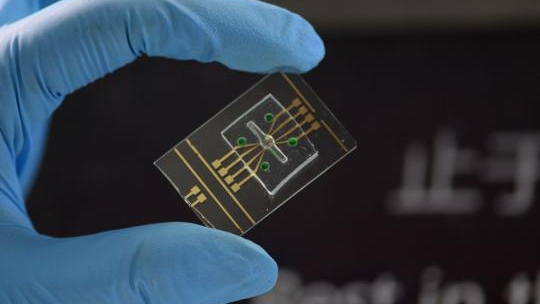
As the quest for AI’s breakthrough use case is ongoing, the ubiquity of AI tools is already clear—embedded in our personal devices and set to transform all aspects of our lives. Yet this rise collides with the stark reality the computing sector faces: exponential energy demands that global energy production cannot keep up with.
The computing power needed for AI is doubling every 100 days, while computational capacity is reaching an “extinction event” curtailed by the energy supply that will eventually force a plateau in computational growth. In response, big tech companies are turning to nuclear energy to power rapidly growing AI systems.
The slowdown of Moore’s Law further exacerbates this crisis as conventional device scaling approaches physical limits. Unless we build innovative technology that allows energy-efficient computing, the growth of computing power will inevitably stagnate. Instead of focusing solely on incremental optimizations of current architectures, breakthrough innovation sourcing from different technology sectors will be needed to maintain sustainable progress.
Convergence of Technologies as a Path Forward
The solution lies in the convergence of technologies, particularly new computing paradigms from unconventional areas like biology, chemistry, and optics. As we move further into the 21st century, we increasingly recognize the power of biology and the inspiration we can draw from it for radical technological innovation.
This year’s Nobel Prize in physics underlined this importance by awarding it to inventions and discoveries enabling AI that were fundamentally inspired by the brain's structure.
The next generation of computing
As we continue to explore biologically inspired architectures, we should note that the human brain’s efficiency per unit of power when performing cognitive tasks is 10,000 times greater than that of generative AI. On a molecular scale, this is driven by complex cellular architectures and biochemical reactions that surpass silicon-based operations in energy efficiency while also being massively parallel.
For example, a modern supercomputer can perform approximately one quintillion operations per second. A human cell performs approximately 1 billion biochemical reactions per second, with trillions of cells in the body. This scales to a sextillion reactions per second. Despite these staggering numbers, the energy needed to sustain a human body is orders of magnitude lower than that needed to power a supercomputer.
While this comparison is not computationally equivalent, it underscores the remarkable complexity and energy efficiency of biological systems, which inspire the development of emerging technologies like biological and neuromorphic computing.
More practically, biological computing can utilize synthetic DNA as a medium for storage and computation. DNA offers massive data storage density—the volume of a sugar cube could store the entire Library of Congress—and long-term durability, potentially reducing the need for energy-intensive cooling systems. Computing on DNA can use various breakthroughs that allow assembling, manipulating, storing, and reading the DNA, which the biotechnology industry is continuing to improve rapidly.
Other breakthrough technologies, such as neuromorphic computing, organoid intelligence, and photonic computing, hold similar promise. Neuromorphic systems are silicon-based and designed to mimic the brain’s architecture, achieving highly energy-efficient processing by replicating synaptic connections.
Organoid (a simplified version of an organ grown in the lab) intelligence—a field still in its infancy—also seeks to leverage the brain’s architecture parallel processing capabilities with entirely new biological hardware made from cerebral organoids.
Photonic computing, on the other hand, utilizes light to perform faster, lower-power operations than electronic counterparts. All these approaches are still in their early stages and face technical challenges that need to be overcome. Still, they provide routes to sustainable computing that move beyond the energy limitations of traditional architecture and highlight the importance of early-stage research and development.
In contrast to incremental improvements in existing systems, they offer the potential for a step-change in energy efficiency that could facilitate a Cambrian explosion in applications for the next generation of AI.
Overcoming Challenges To Convergence
Despite its potential, technology convergence faces challenges, including technological maturity of its components, economic feasibility, potential regulatory and human factors.
For new technologies to achieve large-scale adoption, they must demonstrate maturity along with clear value propositions that are financially viable to implement. Organizations may hesitate to fundamentally be rethinking their process due to cost of hiring, training, and investments in new infrastructure, especially if the initial market is too small.
Additionally, some emerging technologies, like organoid intelligence, may raise ethical considerations. In these cases, educating the public and ensuring transparency around ongoing research can help mitigate concerns. For instance, in DNA computing, proactive measures such as screening DNA sequences for biosafety not only addresses potential regulatory concerns but also builds trust in this emerging innovation.
A Vision for the Future
To truly harness the potential of technological convergence, innovation must move beyond simply optimizing existing systems and focus on building entirely new architectures that are both scalable and energy efficient.
These new systems should not be expected to replace or surpass current technologies immediately. Nor should they be viewed as comprehensive in their computational operations. After all, the semiconductor industry has had decades to innovate and optimize existing technologies. Instead, they should be viewed as complementary, finding initial applications in specialized domains that offer unique advantages and can be tested at scale.
The energy crisis in computing presents a daunting challenge, but it also creates a pivotal opportunity for transformative innovation. By prioritizing convergence and breakthrough architectures, we can achieve scalable, sustainable AI and computing solutions.
The next era of computing will be driven by innovation, not incremental improvements. The path forward lies in radical shifts that leverage the synergies of multiple fields, ensuring that the digital age continues to evolve in harmony with our planet's energy realities.
LINK!
This article was produced as part of TechRadarPro's Expert Insights channel where we feature the best and brightest minds in the technology industry today. The views expressed here are those of the author and are not necessarily those of TechRadarPro or Future plc. If you are interested in contributing find out more here: https://www.techradar.com/news/submit-your-story-to-techradar-pro



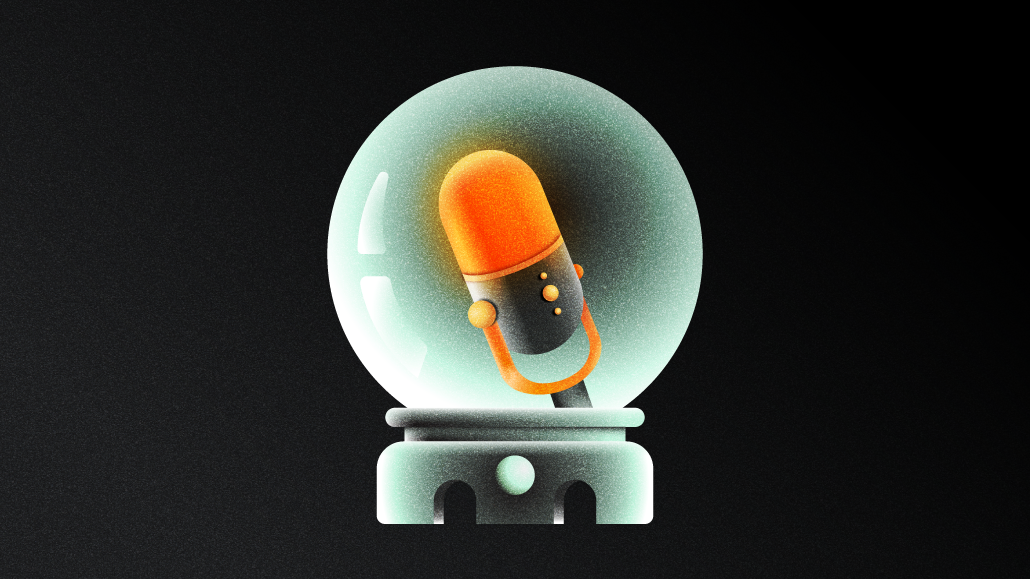






.png)

















































